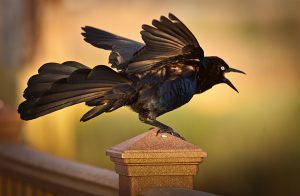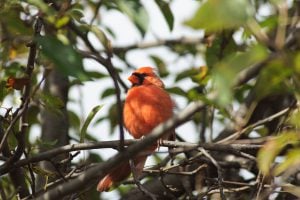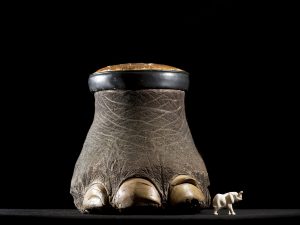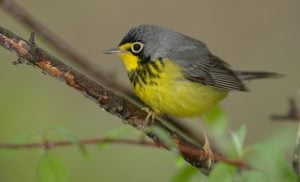
Travel
Rare birds
Spread your wings with birdwatching’s elite guard in south Texas
- 2583 words
- 11 minutes
This article is over 5 years old and may contain outdated information.
Wildlife

The Maritimes now has a new atlas of breeding birds.
Updated from the 1992 original, the atlas—deemed the most comprehensive and up to date source on Maritime birds—has 260,000 records of 222 species of birds that nest on Canada’s east coast, from the widely recognizable Atlantic puffin to the lesser-known rusty blackbird.
The project was a major undertaking, with over 1,300 volunteers contributing more than 48,000 hours of surveying to make the atlas a reality.
This new source of feathery facts is designed to benefit birders, locals, educators, and professional conservationists alike. The goal was to update Maritime bird information since bird populations, and ways of documenting them, have changed drastically since the release of the first atlas over two decades ago.
Species accounts have extensive information, describing their range, habitat, and abundance, to name a few. Each account includes pictures, maps, and text to provide a comprehensive overview of each species.
For example, a map of the Atlantic puffin’s breeding range shows these birds nest on Machias Seal Island in New Brunswick, off Nova Scotia’s southwestern shore, and the Bird Islands in Cape Breton. It also shows that these locations are similar to those documented in the 1992 atlas, suggesting things like food availability and preferred habitat might limit the puffin’s range.

Puffin breeding evidence across the Maritimes. (Map courtesy Bird Studies Canada)
Are you passionate about Canadian geography?
You can support Canadian Geographic in 3 ways:

Travel
Spread your wings with birdwatching’s elite guard in south Texas

Wildlife
You’ll be amazed at the feathered friends you can attract to your yard by following these simple tips

Wildlife
An estimated annual $175-billion business, the illegal trade in wildlife is the world’s fourth-largest criminal enterprise. It stands to radically alter the animal kingdom.

Wildlife
Conserving at-risk species is difficult when they’re constantly crossing international borders, but digital tools are making it easier than ever to track feathered globetrotters